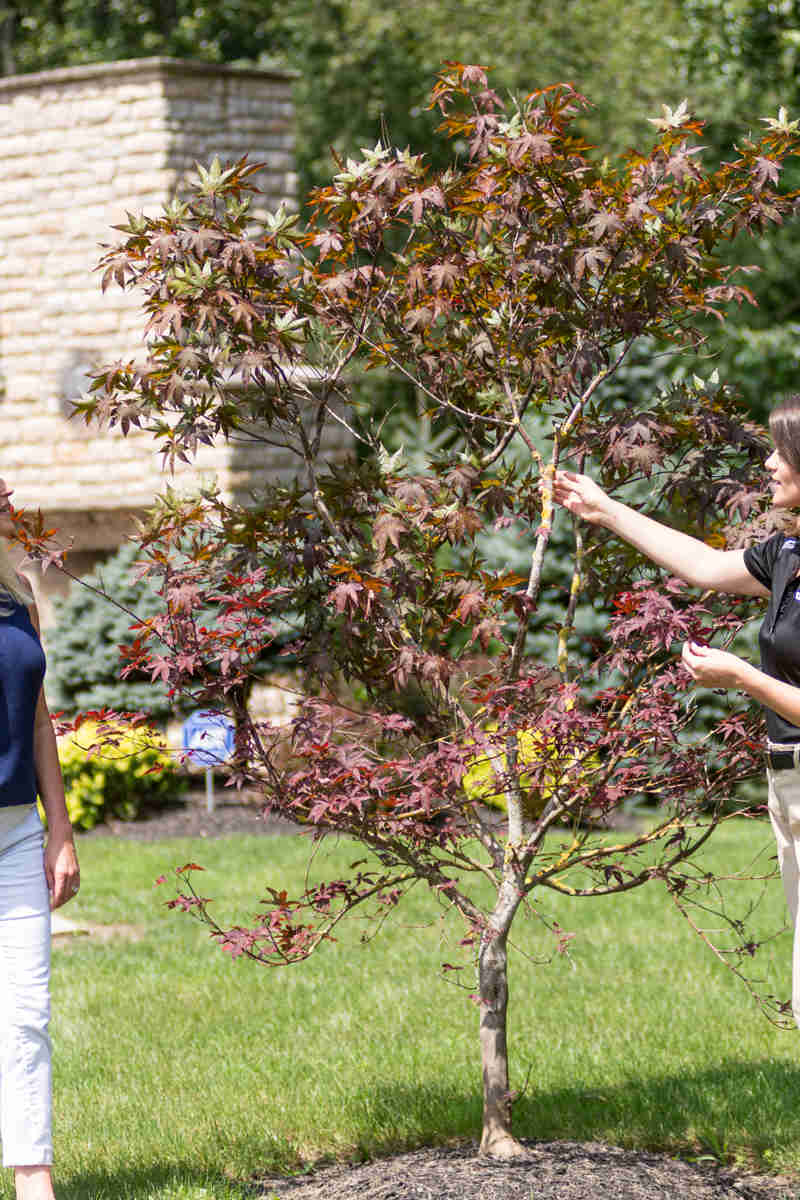Thyronectria Canker Description:
Thryonectria canker is caused by a fungus called Thyronectria austroamericana. It infects honeylocust, especially those stressed from other factors. The fungus causes cankers, on branches and trunks.
Hosts:
This fungal disease is common on honeylocust that have experienced drought, wounds or other environmental stress. Honeylocust cultivars vary in their susceptibility to Thyronectria canker. Sunburst is the most susceptible, while Impreial, Skyline, Trueshade and Thornless are more resistant.
Biology & Symptoms:
Thyronectria cankers are sunken cracked areas on branches or trunks that can be orange to dark red or brown color. Cankers can girdle trunks and branches, leading to decline, dieback and even the death of the tree. They can also cause premature fall coloration, yellow leaves, leaf drop and reduced foliage.
This fungus overwinters on infected trees. New infections are most likely to occur in wet conditions. Any cankered area is a source of spores for the disease to spread.
Management:
The best way to control this canker is by preventing wounds on trees and using good cultural practices to keep trees healthy and vigorous.
- Avoid injuring trees with mowers or other lawn and garden equipment.
- If necessary, protect stems and trunks from gnawing animals, such as squirrels.
- Prune when the weather is dry to reduce the spread of infection. Disinfect pruning and cutting tools between uses.
- Prune out infected branches 4 to 6 inches below the cankered area or to a branch junction when practical.
- Follow recommended cultural practices for planting, growing and fertilizing honeylocust. Keep trees mulched and water during dry periods
- Destroy dead or infected wood to prevent the spread of infection.





